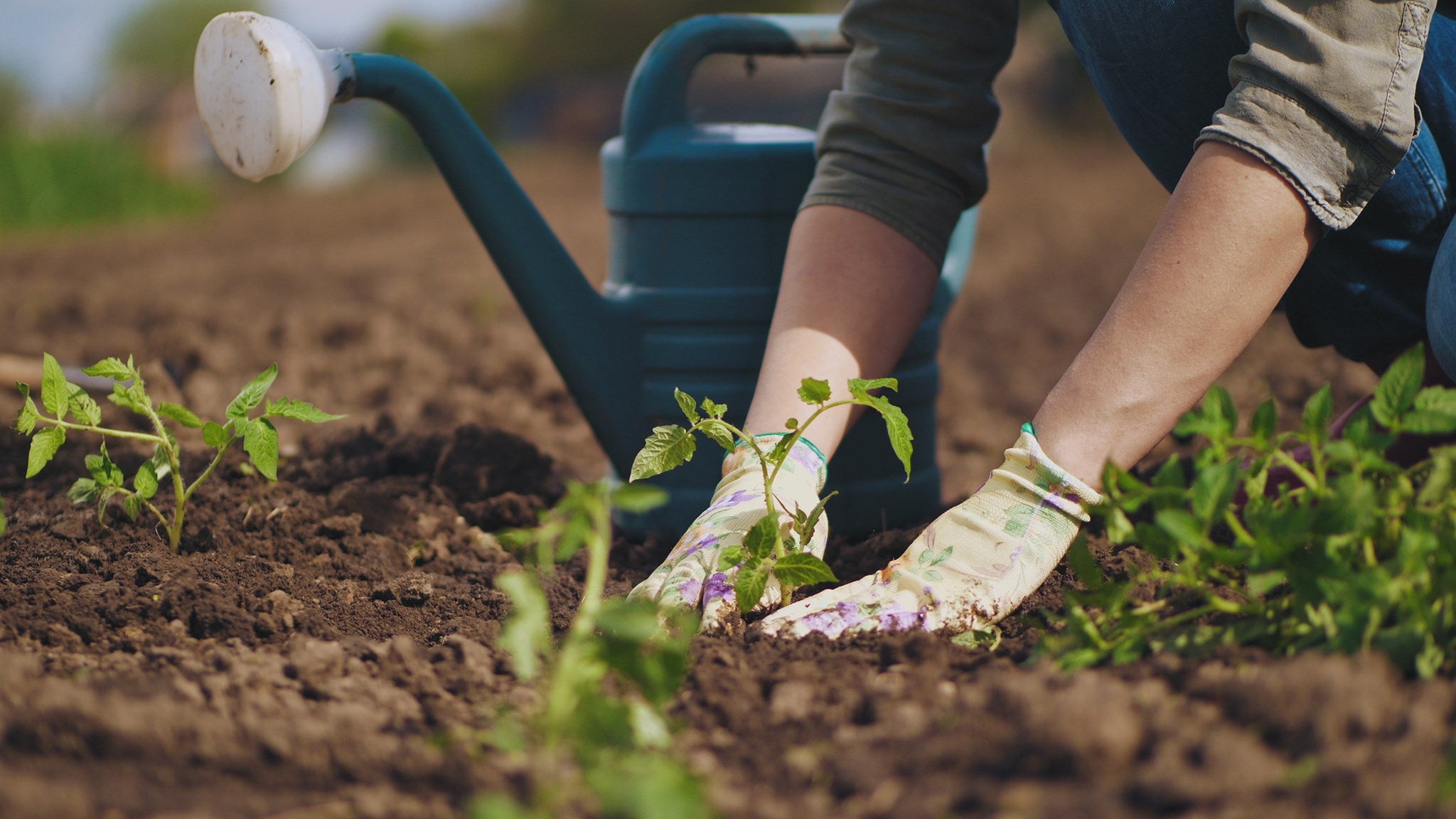
Soil Temperatures
Navigating spring gardening with our unpredictable Chicago weather can be a challenge. Have you been diligently checking the air temperature and the weather forecast, but still can't seem to get the results you want? It might be time to start paying attention to another important factor: soil temperature.

What is the big deal with soil temperatures? Think of your feet in a tub of water. If the water is colder than the air, you would be uncomfortable and would not feel like getting much done.
Soils have a large percentage of water in between the soil particles. Because of that water, soil temperatures are usually 10 degrees lower than the ambient air temperature. If it is 60 degrees in the air. the soil is only 50 degrees. And, because of that water (again), the soil temperatures do not fluctuate like the air temperatures do. They eventually thaw from a frozen condition in Winter; and day by day, then week by week the temperature eventually goes up and down following a diagonal line upward.
This is significant for the different types of plants that we use in our gardens. Hardy plants survive soil temperatures that go down to 27 degrees (the lowest temperature 4 inches below the surface of a solidly frozen soil.) This is due to the land mass effect and the hot core of the center of the Earth.
Annual plants will not survive temperatures below freezing or even temperatures as high as 40 degrees. That is why we honor the Annual Average Frost Free Date, the average date of the last hard freeze; and not plant them until after the danger of freezing has passed.
Vegetables that can be added to your planting list (as the soil temps are above 50) are: Leeks, onions, Swiss chard and turnips. When soil temps stay consistently above 60° F, beans, beets, broccoli, Brussel sprouts, carrots, cabbage and cauliflower transplants can go into the ground.
We suggest buying your tender plants like impatiens, begonias, tomatoes, peppers, basil, etc. to assure you get what you want. (Supplies of many high demand plants are really tight, and when they’re sold out, they’re gone for the season.) But do not plant them until the danger has passed.
Perennials, trees and shrubs, are, of course, perfectly safe to plant regardless of which way temperatures go.
Stay tuned for soil temperature updates taken at Chalet in Wilmette every Thursday on our website home page and social.

Jennifer Brennan
Horticulture Information Specialist, advising and coaching gardeners at Chalet for over 30 years
Share
